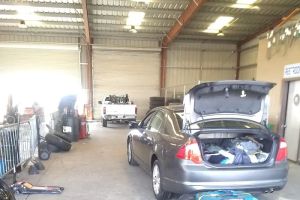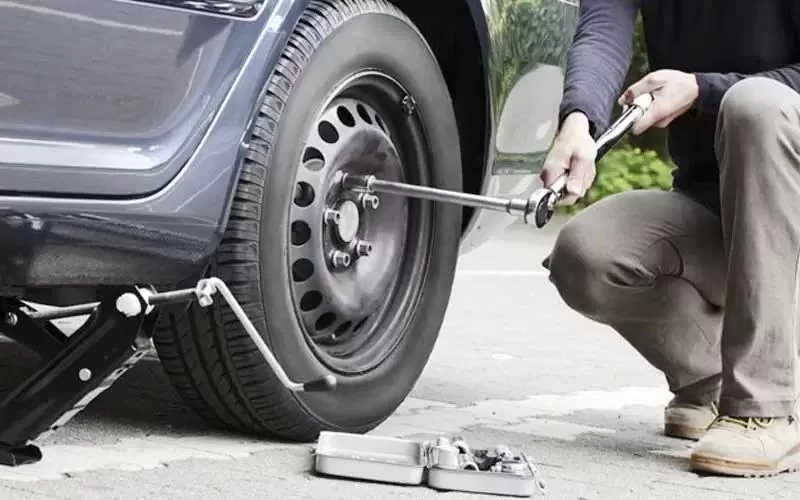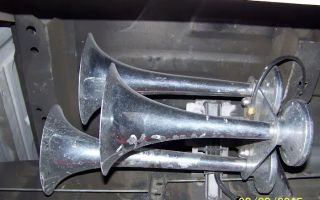- 1-importance-of-replacing-car-tires
- 2-tools-and-preparation-for-tire-replacement
- 3-step-by-step-guide-to-replacing-car-tires
- 4-common-mistakes-to-avoid-when-changing-tires
- 5-real-life-case-and-professional-advice
1. Importance of Replacing Car Tires
Replacing worn or damaged tires is crucial for maintaining vehicle safety, handling, and fuel efficiency. Tires affect traction, braking distance, and overall driving performance. Ignoring signs like tread wear, cracks, or uneven wear patterns can lead to accidents or costly repairs. Knowing how to replace car tires empowers drivers to act promptly and avoid hazards on the road.

House of Tires
3146 Hempstead Tpke, Levittown, NY 11756, USA
2. Tools and Preparation for Tire Replacement
Before you start the replacement process, gather essential tools and ensure your safety. You'll need:
- A car jack capable of lifting your vehicle
- A lug wrench to loosen and tighten lug nuts
- Replacement tires matching your vehicle specifications
- Wheel chocks to prevent rolling
- Gloves and a flashlight for visibility
Also, choose a flat and stable surface for the task. Read your vehicle's manual for specific instructions related to your model.

Gutierrez Tire Inc
14820 Aloma St, Lost Hills, CA 93249, USA
3. Step-by-Step Guide to Replacing Car Tires
Follow these steps to safely replace your car tires:
1. Engage the parking brake and place wheel chocks behind the wheels.
2. Use the lug wrench to slightly loosen the lug nuts on the tire you want to replace (do not remove them completely yet).
3. Position the car jack under the designated lifting point and raise the vehicle until the tire is off the ground.
4. Remove the loosened lug nuts and carefully take off the old tire.
5. Mount the new tire onto the wheel hub, aligning it with the lug nut posts.
6. Hand-tighten the lug nuts to secure the tire temporarily.
7. Lower the car slowly using the jack until the tire touches the ground, then remove the jack.
8. Use the lug wrench to fully tighten the lug nuts in a crisscross pattern to ensure even pressure.
9. Double-check that all nuts are securely tightened to the recommended torque.
4. Common Mistakes to Avoid When Changing Tires
Many drivers encounter issues during tire replacement that can compromise safety. Avoid these mistakes:
- Not loosening lug nuts before jacking up the car, which can cause the wheel to spin.
- Failing to use wheel chocks, risking vehicle movement.
- Improper tightening of lug nuts, leading to uneven wheel mounting.
- Ignoring vehicle manual recommendations on jack points or torque specifications.
Taking your time and following instructions carefully helps prevent accidents and costly damage.
5. Real-Life Case and Professional Advice
Jessica, a driver from Texas, shared how knowing how to replace car tires saved her during a highway emergency. When she encountered a flat tire on a remote road, having her own tools and knowledge helped her quickly swap the tire and safely reach the nearest service station. Jessica recommends everyone learn basic tire replacement and keep tools in their vehicles.
For those who prefer professional assistance or need quality tires and services, consider visiting Rescue & Towing, where experts provide reliable tire replacement, towing, and roadside help.






























